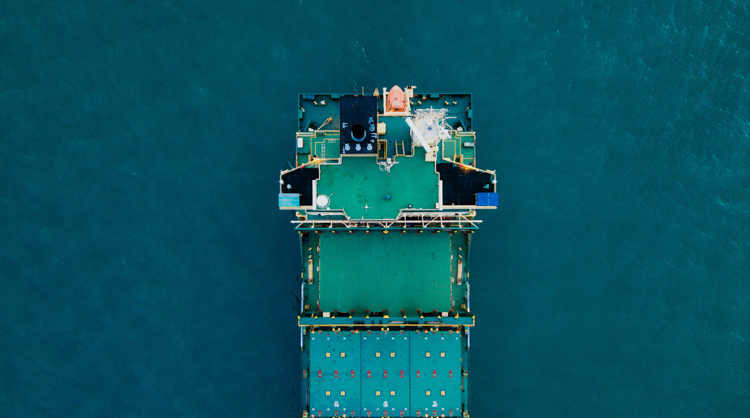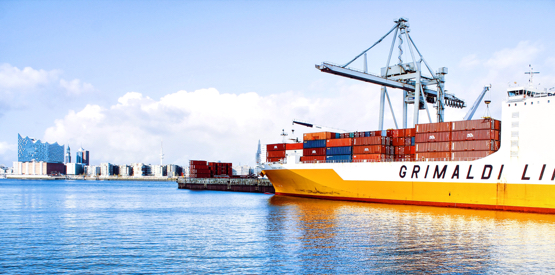IMO 2020 compliance: What you need to know

IMO 2020 will drastically drop the sulphur restriction on shipping fuel from 3.5% to 0.5%. Here we’ll explain the basics of the regulation and how the shipping industry can comply.

The fast-approaching IMO 2020 sulphur cap regulation has already begun making waves in the international shipping industry. This major regulation will require drastic changes in the fuel means and methods for marine vessel operations — and will in turn have an unprecedented effect on international fuel demands and global economies. Here we’ll explain what the IMO 2020 sulphur regulation is, how shippers can achieve compliance and touch on IMO 2020’s impact on the oil and gas industry.
What is IMO 2020?
IMO 2020 is a new fuel sulphur regulation from the International Maritime Organization (IMO), the United Nations’ body responsible for the safety and performance of the shipping industry. Starting on January 1, 2020, the global fuel sulphur cap for marine fuel will drop drastically from 3.5% sulphur content to 0.5% sulphur content. This is following another slash of the cap from 4.5% to 3.5% in 2012. Click here for IMO’s FAQ on the regulation.
The rest of this article will walk you through the basics of IMO 2020. For a deep dive into how the sulphur cap regulation will affect the oil and gas industry, we recommend reading this guide.

Why is IMO 2020 being enacted?
The shipping industry has historically been a major contributor to harmful emissions — in 2017, the marine sector consumed 3.8 million barrels per day (b/d) of fuel oil, about half of the global fuel demand. The greatest offender of these emissions is sulphur oxides (SOx) from burning heavy fuel oil (HFO). By drastically reducing the sulphur content of one of the largest contributors to SOx emissions, the detrimental health and environmental effects of the shipping industry can be greatly reduced.
How will the shipping industry achieve IMO 2020 compliance?
Shipowners have three viable options to achieve IMO 2020 compliance. All three are acceptable, but each come with advantages and disadvantages.
Abatement technology
Shipowners can choose to install exhaust gas cleaning systems on their ships and still burn high-sulphur bunker fuel. The abatement technology will clean the emissions so the ship still complies with the 0.5% sulphur limit. The system works by spraying alkaline water into the exhaust to remove up to 98% of SOx emissions and up to 80% of particulate matter. This option is an initial investment but allows shipowners to continue buying HFO as fuel.
Buy IMO 2020-compliant fuels
The most straightforward approach to IMO 2020, shipowners can switch from burning conventional HFO to burning marine gas oil (MGO) or ultra-low sulphur fuel oil (ULSFO), which both fall under the 0.5% sulphur cap. The temperature difference between HFO and MGO is large and ULSFO requires preheating, therefore shipowners must implement some changeover procedures on their vessel.
Run on liquified natural gas (LNG) as fuel
LNG is a compliant fuel option because it has negligible amounts (less than 30 parts per million) of SOx emissions when burned. However, as the fuel storage and use systems on an LNG-fueled vessel differ than those on conventional oil-fueled ships, shipowners will need to invest in transitioning their ships to LNG fuel.

How will IMO 2020 impact the oil and gas industry?
The drastic emissions reduction of the IMO 2020 sulphur cap will have a profound effect on the environment — but to make this reduction a reality, the oil and gas industry must take steps to facilitate it. Supplying compliant fuels or LNG offers the area of most potential growth, but the industry is still figuring out how to approach these changes.
For a more detailed look into the influence of the sulphur cap regulation on refineries and LNG facilities, download the guide to IMO 2020 and the oil and gas industry. You’ll learn:
- How each of the three compliance methods will affect the oil and gas industry.
- Industry experts’ outlooks for oil refineries and LNG facilities.
- Ways for oil refineries and LNG facilities to meet the new demands.
Refineries and LNG facilities with a forward-thinking strategy will gain the most from the IMO 2020 transition — click here to download the guide.